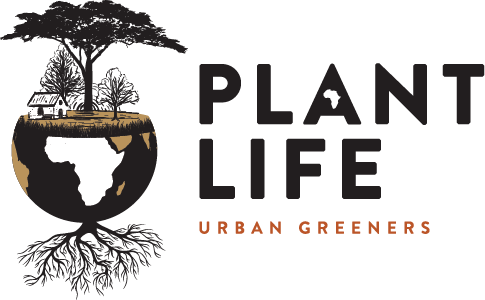05 May Z-Farming and Pavement Gardens
It seems like every day the prices of consumables is going up. Food is becoming more and more expensive while the quality is often questionable. Where did that food get grown? Who grew that food? Did they use pesticides or herbicides? Is the food I’m eating actually healthy? All these questions, along with increases in price, have forced many people to ask these questions and to try and come up with solutions.
The most obvious way to deal with all of these problems is to start growing your own food. That way you know exactly what is going into your food and how it’s being treated plus it cuts down on most of the costs especially transport. Most of us live in the city and while many of the older homes in South Africa still have gardens, through densification and development, property sizes have shrunk and it has become more and more challenging to grow your own food.
Enter Z-Farming or Zero-Acreage Farming. The name Z-Farming suggests a farm that uses no acreage or land. This is a slight misnomer. The goal of zero acreage is to utilise spaces that are not traditionally considered suitable for agriculture. This means roof tops and walls and the forgotten urban spaces like courtyards and balconies and pavements. Zero-acreage farming can be complex and might involve complicated hydroponics systems on a roof top or a fully integrated vertical system on a wall or Z-farming can be really, really simple and that’s what this article will focus on. Simple solutions.
In South Africa, a country where 7.4 million people are currently food-insecure, being able to grow one’s own healthy fruits and vegetables is of the highest importance however many of these people are challenged both by the costs involved in growing food and by space restrictions. Therefore we feel that it is the duty of any South African with available space to try and grow as much free, publicly accessible food as possible. An example might be a boundary fence planted with a granadilla vine. This plays two rolls. Firstly it provides extra screening for a property and secondly and more importantly it provides fresh fruit to anyone with access to the fence.
Pavements are one of the most under-utilised spaces in the urban environment. Most homes have grass or horticultural plants growing outside and many even pave over the area. This is a mistake. Every square meter can produce free food for the passers-by. Mielies, pumpkin and beans, spinach, squashes and cabbage, even fruit trees such as peach, apple or pear or one of the many lovely nut trees, all can be planted on your pavement
The amazing thing is that once you start you will begin to see more and more ways to save money. You can grow some of the veg out to harvest seed for the next season, you can harvest organic material such as grass clippings or fallen leaves from the garden or the vegetable peels from your cooking and use them as compost or mulch on your pavement garden.
Raised beds work really well and there are so many ways you can create them. Simple mounds of soil work but you can create beds from bricks, used tyres or logs and people have made some amazing gardens using eco bricks which are a fantastic way of recycling waste and plastic bottles to make building blocks.If an average property has 20 metres of paving one metre wide and you can grow 20 carrots per metre or 6 heads of lettuce or 36 maize plants just think how much food we could produce on our pavements.
Land that was once left alone, forgotten and wasted can become valuable again, can contribute to our nations wealth and feed our families and Africa’s people. Contact us today and let’s get planting.


